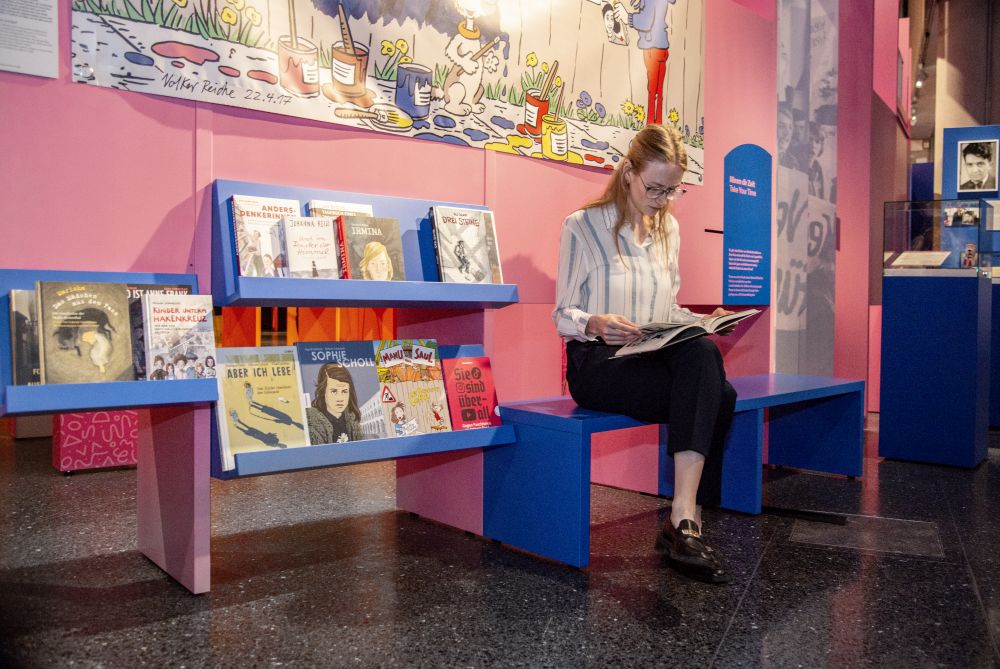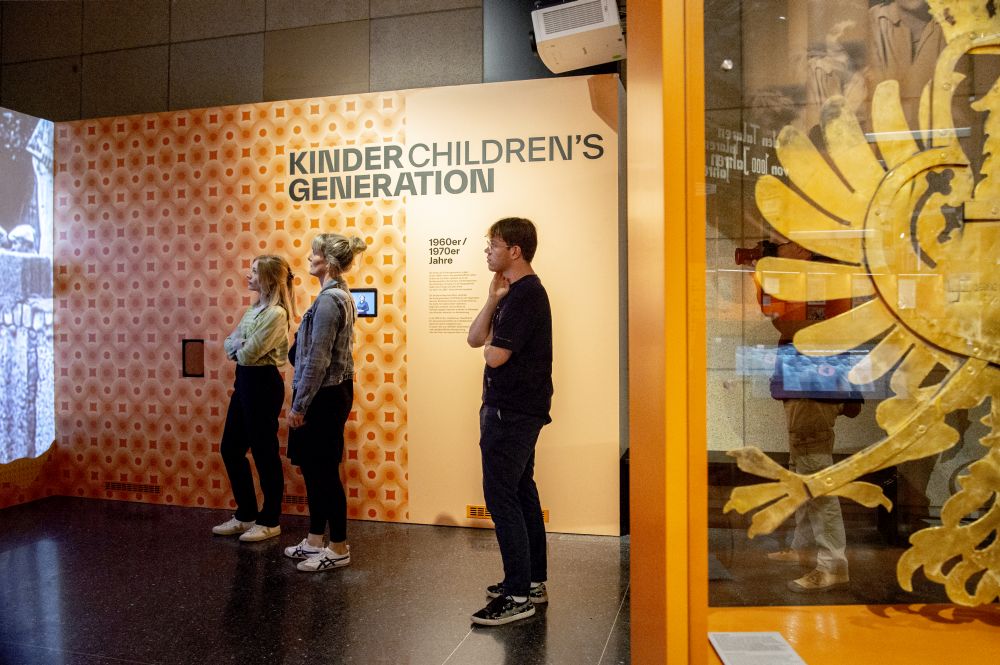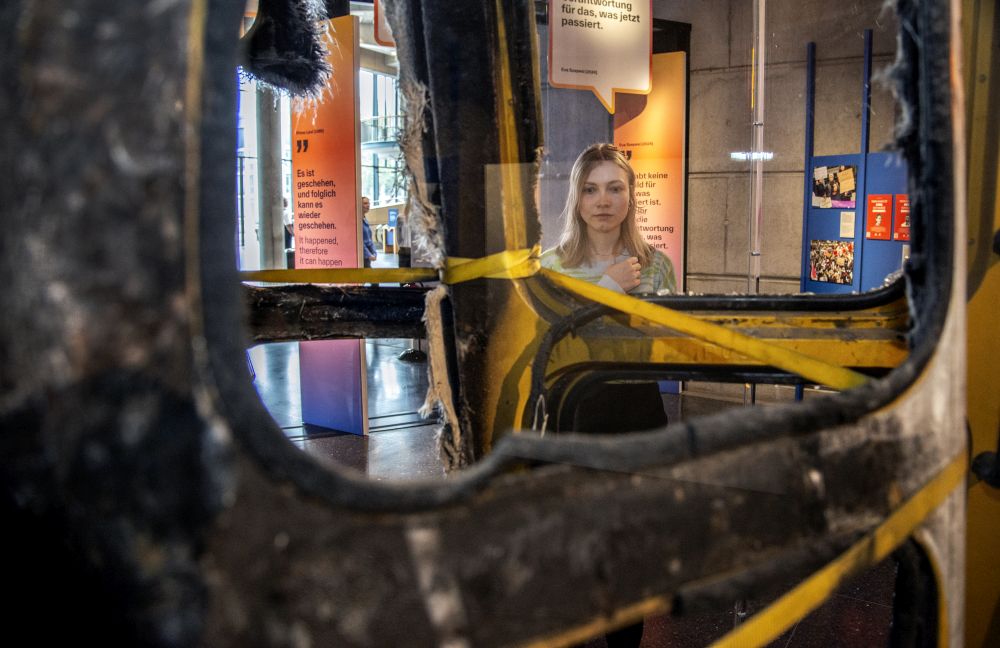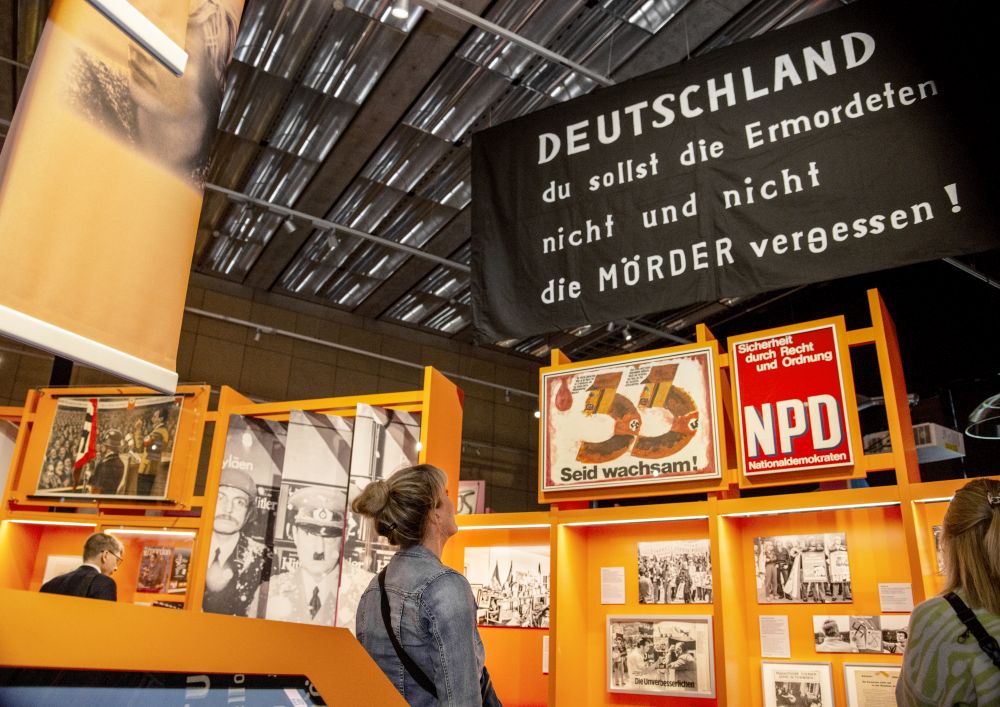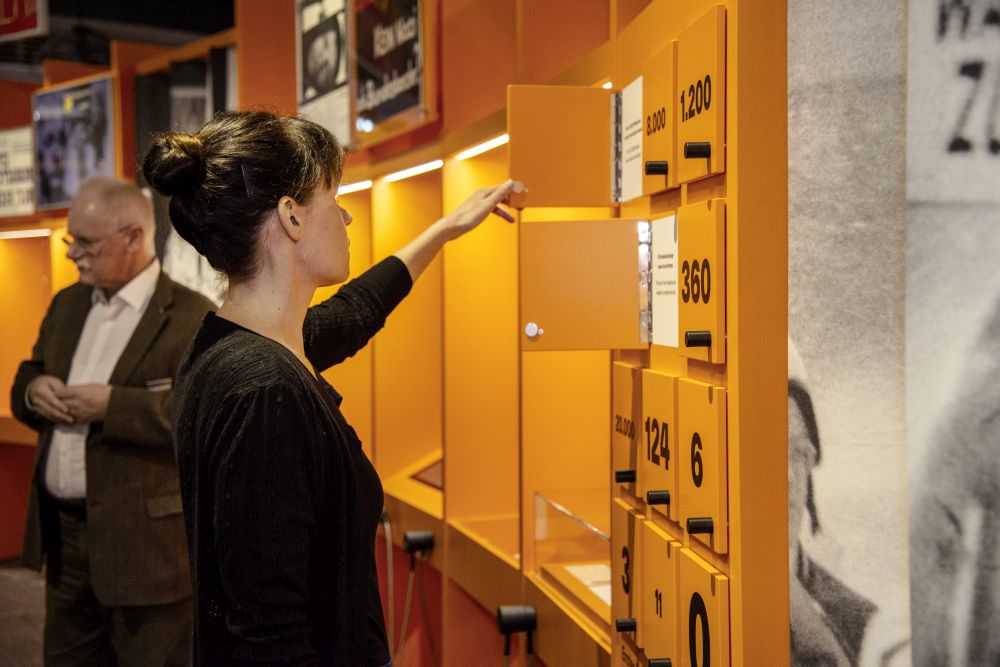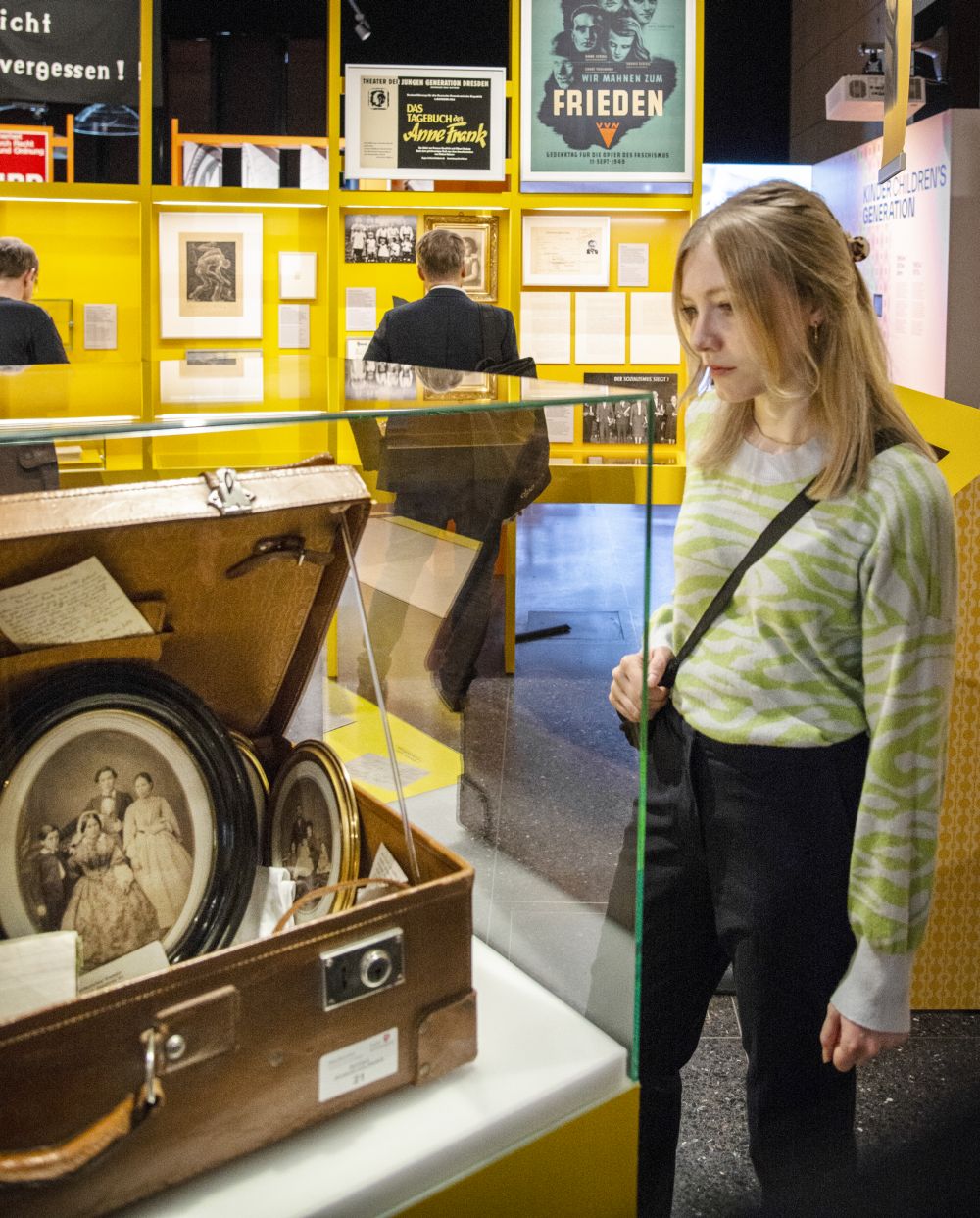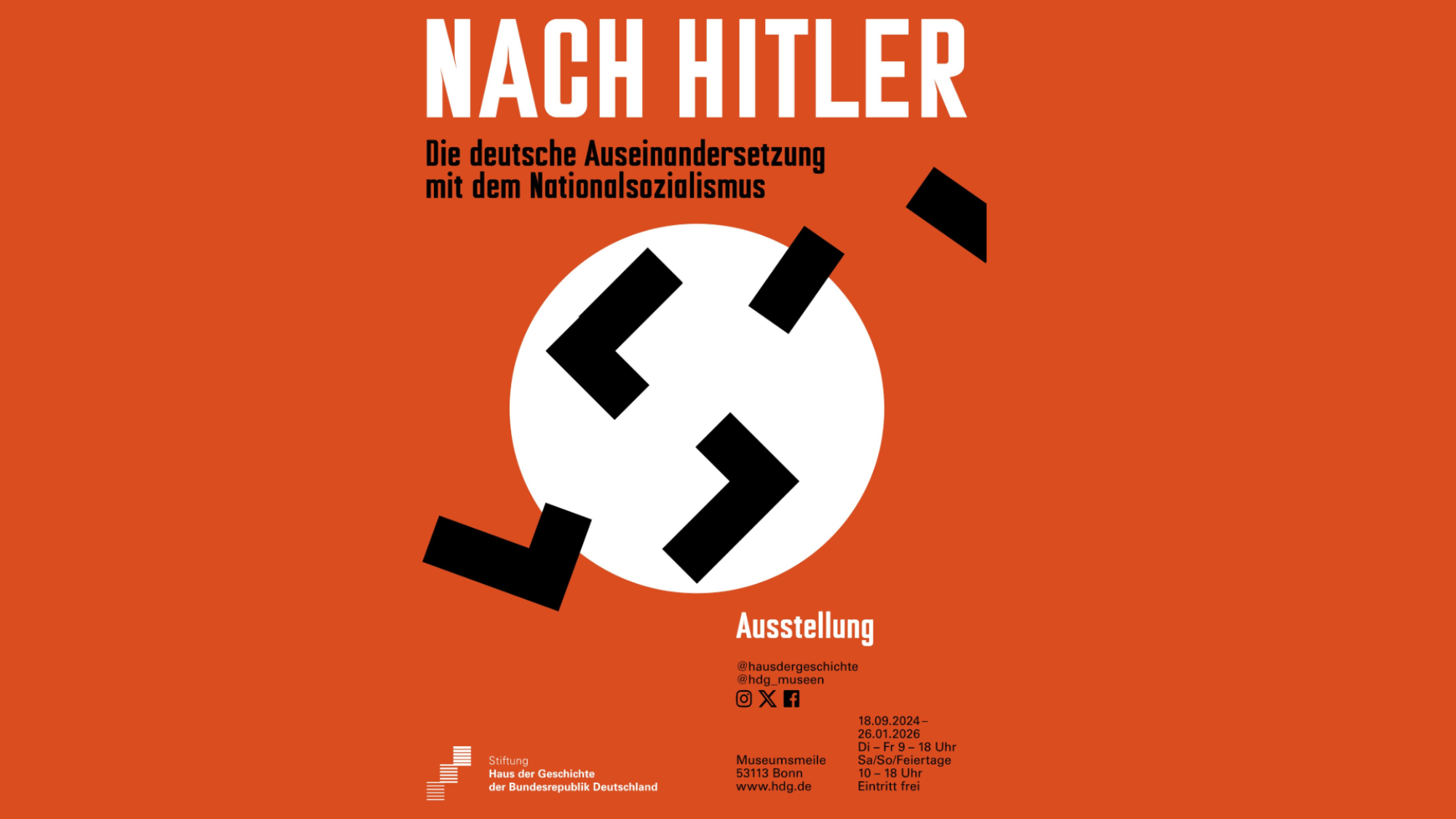
Between repression and preoccupation, consternation and indifference: people in Germany have been coming to terms with National Socialism for almost 80 years. How people deal with this history, how they react to it and how they behave towards it changes with each generation. Society, politics and culture influence the respective relationship to the Nazi past. Personal experiences, the TV series “Holocaust” or the accounts of contemporary witnesses can change the views a generation holds.
In our exhibition “After Hitler. Germany’s Reckoning with the Nazi Past”, we shed light on the different perspectives of four generations since National Socialist rule.
First, we focus on people who consciously lived through the dictatorship and the war. For example, a bust of Adolf Hitler shows how people repress and deny their former enthusiasm: German sculptor Hedwig Maria Ley sympathizes with the Nazi movement and produces the first authorized depiction of Hitler. It becomes a bestseller. After the end of the war, Ley buries the bust in her garden. However, it doesn’t remain buried - a relative of her gardener places it in his living room, where it stays until the 1980s. In this chapter, it is explored what lies behind the often alleged silence of this generation and how widespread accusations of members of the next generation - the so-called '68ers - are.
Guided tours open to the public (in German)
Tuesday to Friday: 3.00 pm
Saturday, Sunday and Public Holidays: 11.30 a.m. and 3 p.m.
Change from 1 February: Guided tours will take place on Tuesdays, Thursdays, Saturdays and Sundays at 3 pm.
Registration is required: register here
Please contact our visitor service for bookings of guided tours for groups. These tours are also available in English.
The exhibition focuses on one generation at a time, while the voices of previous generations remain relevant. This reveals continuities in the reckoning with National Socialist history; generational conflicts emerge clearly.
Dealing with National Socialism is still relevant more than 90 years after Hitler came to power. The number of anti-Semitic crimes has risen sharply in Germany in recent months, and more and more people in Germany are voting for right-wing populist or extremist parties. A vandalized phone booth illustrates just how deep the hatred runs. In August 2023, a telephone booth converted into a public bookshelf goes up in flames near the “Gleis 17” Holocaust memorial in Berlin. It is set on fire by a 63-year-old man. He wanted to destroy the works inside – mainly books about the Holocaust.
The objects and stories in the exhibition prove that dealing with the Nazi past is still of great importance for our democracy.
Insights
